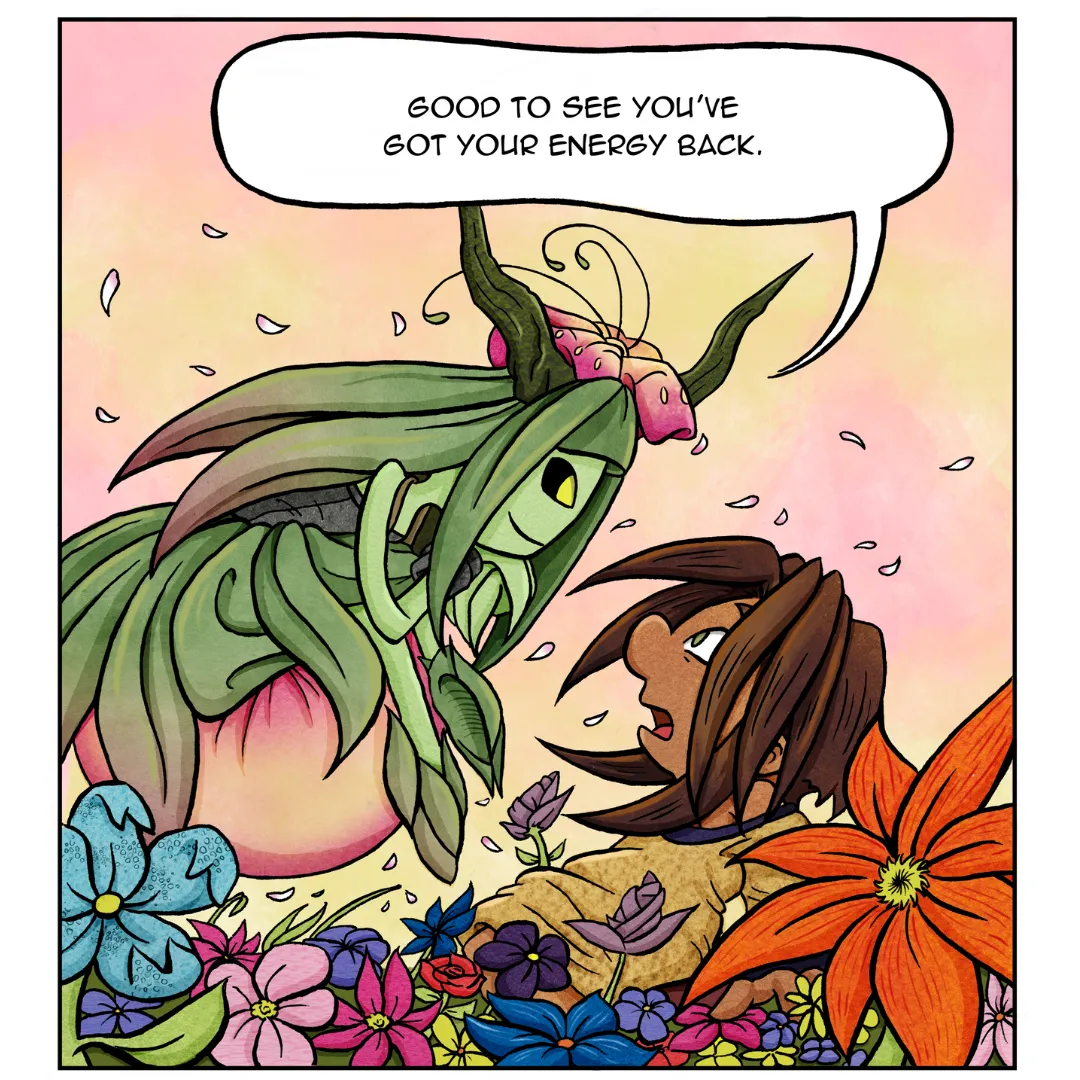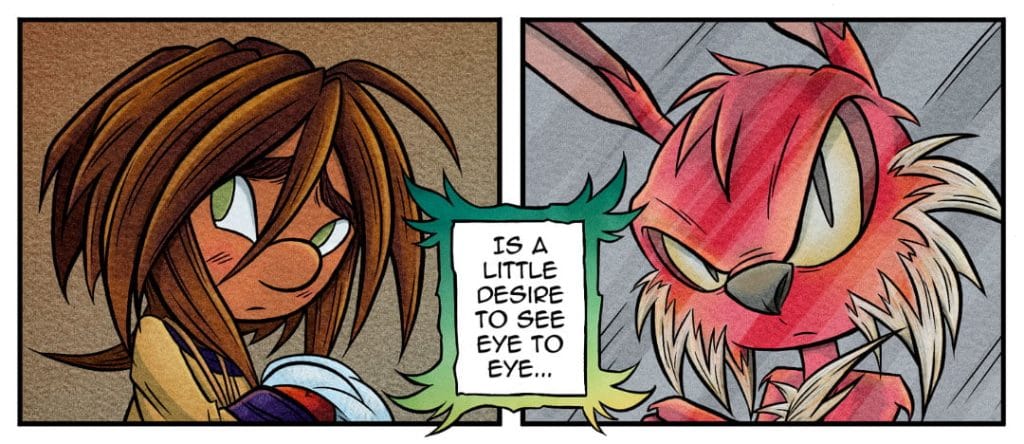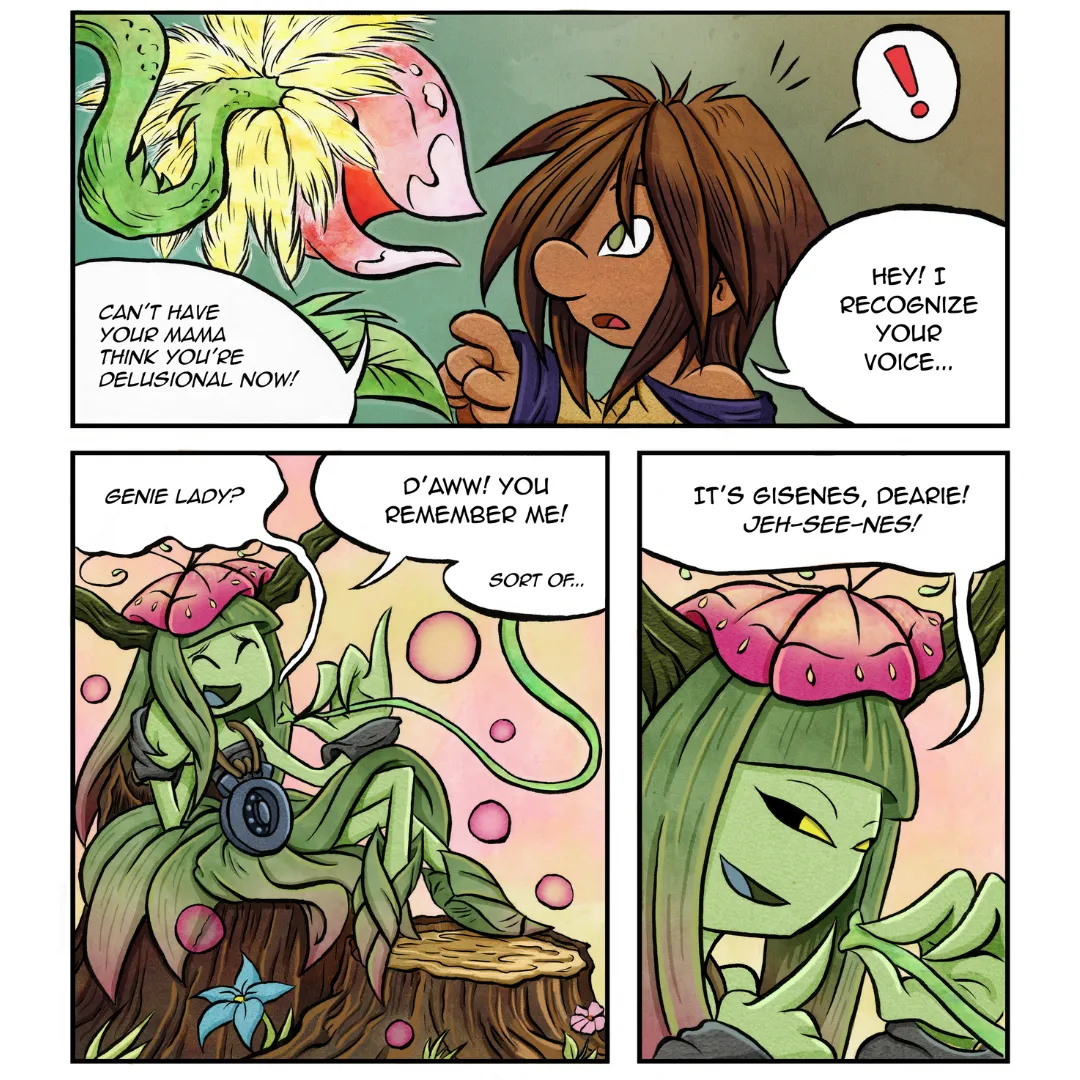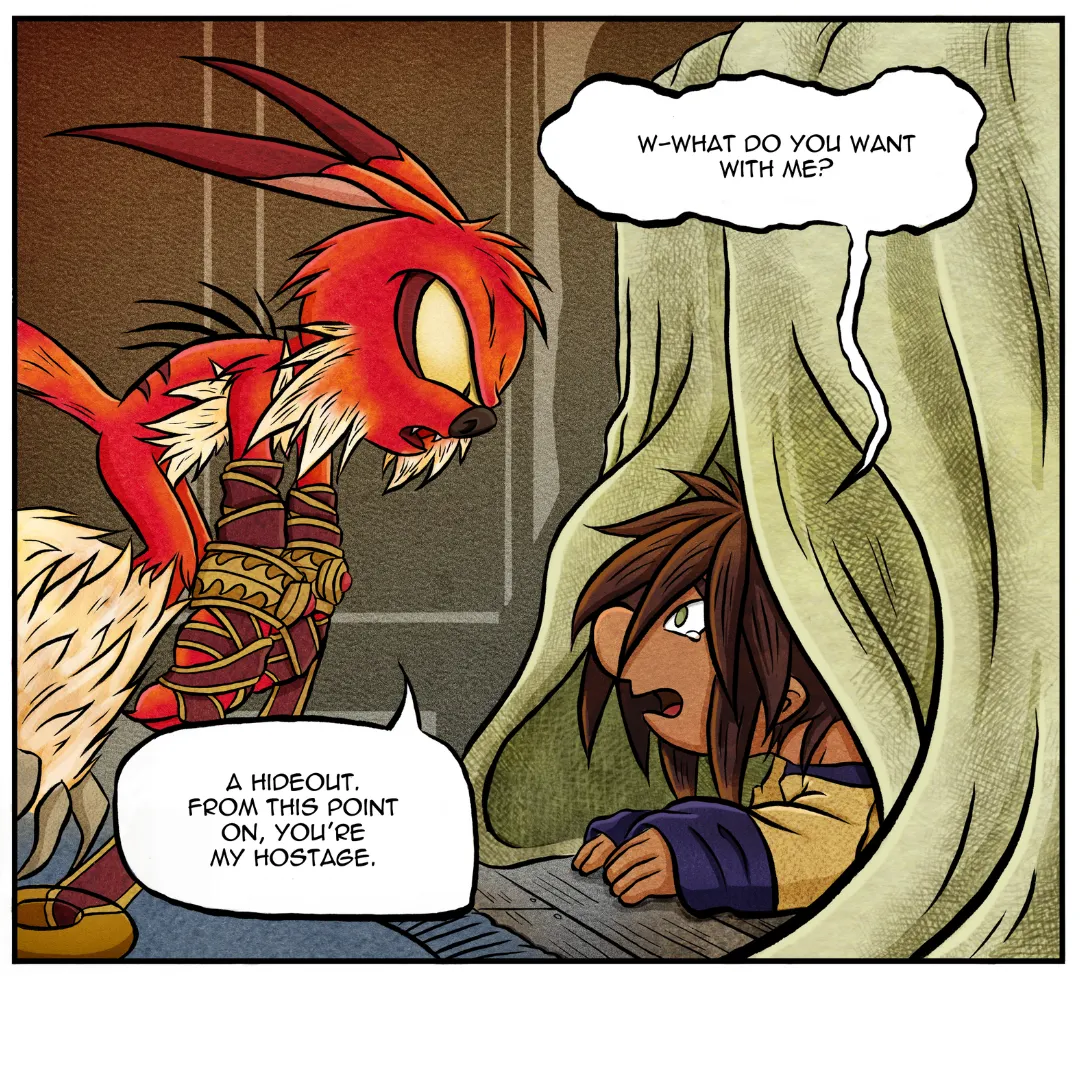In recent years, comics have evolved from niche entertainment to a mainstream medium, influencing various aspects of popular culture. But beyond their entertainment value, comics, often referred to as graphic novels when aimed at a more mature audience, are making their mark as a valuable resource in children’s literature. But are comics good for children? Let’s delve into the benefits and educational value of kids’ comics to better understand their role in fostering a love for reading and learning among young readers.
The Appeal of Comics to Children
Comics have an inherent appeal to children due to their vibrant illustrations and engaging storylines. Unlike traditional books, which primarily rely on text, comics combine visuals with written content, creating a dynamic reading experience. This visual storytelling can captivate young readers and encourage them to engage with the material in a way that traditional texts might not. For children who are just starting to develop their reading skills or have struggled with more text-heavy books, comics can offer a more accessible and inviting alternative.

Enhancing Literacy Skills
One of the most significant benefits of comics for children is their potential to enhance literacy skills. The combination of images and text in comics can help children develop better reading comprehension. The illustrations provide visual context that can make understanding the text easier, especially for early readers or those with learning difficulties. By following along with both the pictures and the words, children can improve their ability to make connections between text and imagery, thereby enhancing their overall reading comprehension.
Additionally, comics often feature dialogue and narrative structures that mirror real-life conversations, which can help children develop their language skills and grasp conversational nuances. The sequential nature of comic storytelling also encourages children to think critically about plot development and character interactions, further supporting their cognitive and linguistic development.
Encouraging a Love for Reading
For many children, particularly reluctant readers, comics can serve as a gateway to a lifelong love of reading. The visual elements and engaging storylines can make reading feel less like a chore and more like a fun activity. By providing a medium that aligns with children’s interests and preferences, comics can motivate them to explore more books and stories, ultimately fostering a positive attitude towards reading.
Comics also offer a wide range of genres and themes, catering to diverse interests and helping children find stories that resonate with them personally. Whether it’s superhero adventures, historical tales, or fantasy realms, there’s likely a comic that will capture a child’s imagination and encourage them to continue reading.

Building Empathy and Understanding
Comics have the power to address complex themes and issues in a manner that is accessible and relatable to children. Through characters and stories, comics can explore topics such as friendship, bravery, diversity, and social justice, helping children develop empathy and a better understanding of the world around them. By presenting these themes in a way that is age-appropriate and engaging, comics can provide valuable lessons and foster emotional growth.
For instance, graphic novels often feature diverse characters and settings, offering children the opportunity to see different perspectives and experiences. This exposure can promote inclusivity and cultural awareness, helping children appreciate and respect differences among people.


Supporting Emotional and Cognitive Development
The emotional and cognitive benefits of comics extend beyond literacy skills. The visual nature of comics can aid in the development of visual processing skills, which are crucial for understanding and interpreting visual information. Additionally, the format of comics—often broken into panels and pages—can help children develop organizational skills and learn to follow sequences and narratives.
Comics can also serve as a therapeutic tool for children. The ability to visually depict emotions and situations can help children process their own feelings and experiences. For example, stories that feature characters overcoming challenges or dealing with difficult emotions can offer children valuable insights and coping strategies.
Encouraging Creativity and Expression
Comics are not just a passive reading experience; they also provide opportunities for creativity and self-expression. Many children are inspired to create their own comics, experimenting with storytelling, illustration, and design. This creative process can be a fun and effective way for children to express themselves and develop their artistic skills. By drawing their own comics, children can also gain confidence in their abilities and explore their imagination.

Bridging the Gap Between Text and Visual Media
In an increasingly digital world, comics represent a bridge between traditional reading and modern media. As children are exposed to various forms of digital content, comics offer a way to integrate visual storytelling with reading, helping to maintain their engagement and interest in books. This fusion of text and images can also make it easier for children to transition between different types of media and adapt to new forms of content consumption.
Overcoming Common Misconceptions
Despite the many benefits of comics, there are still some misconceptions about their value in children’s literature. Some may view comics as less serious or educational compared to traditional books, but this perspective overlooks the substantial impact that comics can have on literacy and learning. It’s important to recognize that comics are a legitimate and valuable form of literature that can complement traditional reading materials and offer unique advantages.
Conclusion
In conclusion, comics are an incredibly valuable asset to children’s literature. They offer a unique fusion of visual and textual storytelling that not only captures young readers’ imaginations but also supports their literacy, emotional, and cognitive development. By integrating comics into children’s reading experiences, we foster a love for reading that can lead to lifelong learning and creativity.
For those interested in exploring the benefits of comics further, The Mannamong series offers a fantastic example of how engaging and educational comics can be. This graphic novel series, designed specifically for children, brings vibrant stories and compelling characters to life, encouraging young readers to delve into the world of literature with enthusiasm. You can explore The Mannamong books and discover how they blend exciting storytelling with valuable life lessons by visiting Michael Lengyel’s website. Embrace the power of comics and watch as your child’s love for reading flourishes!







